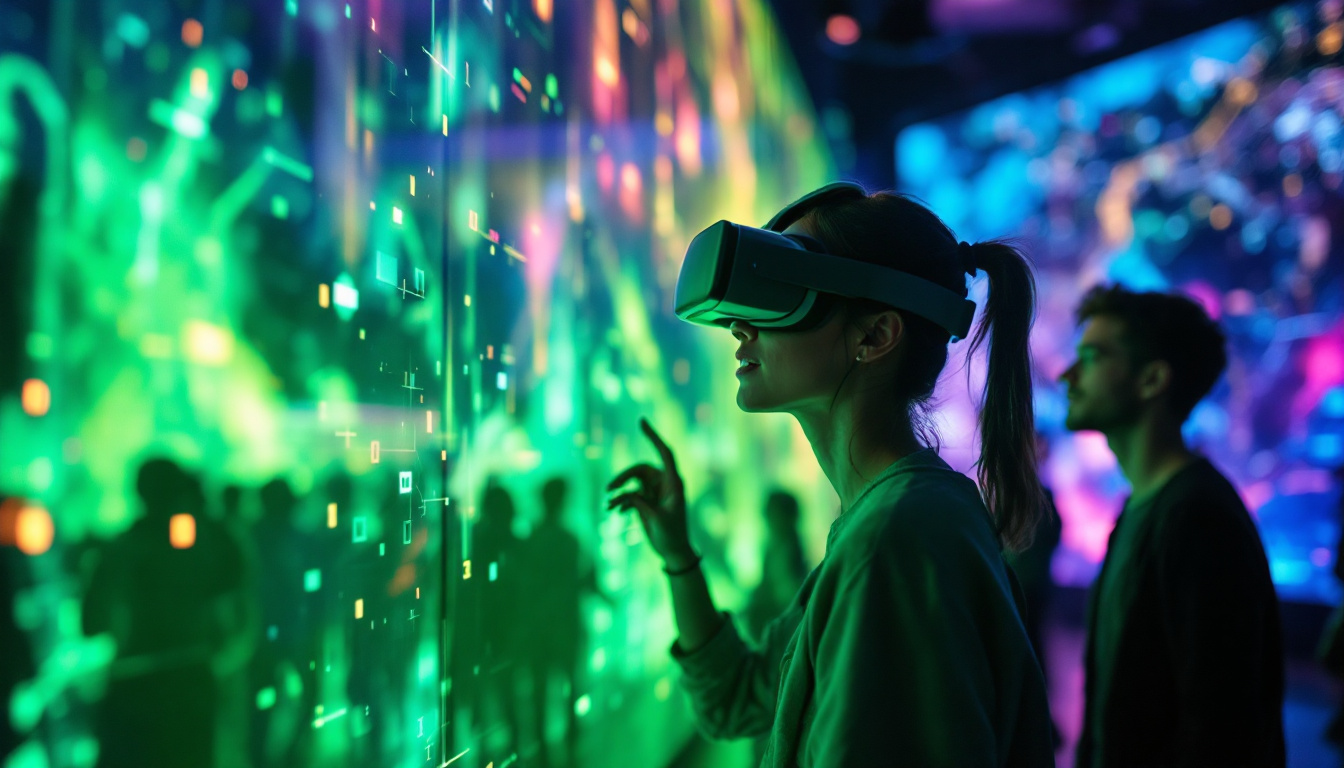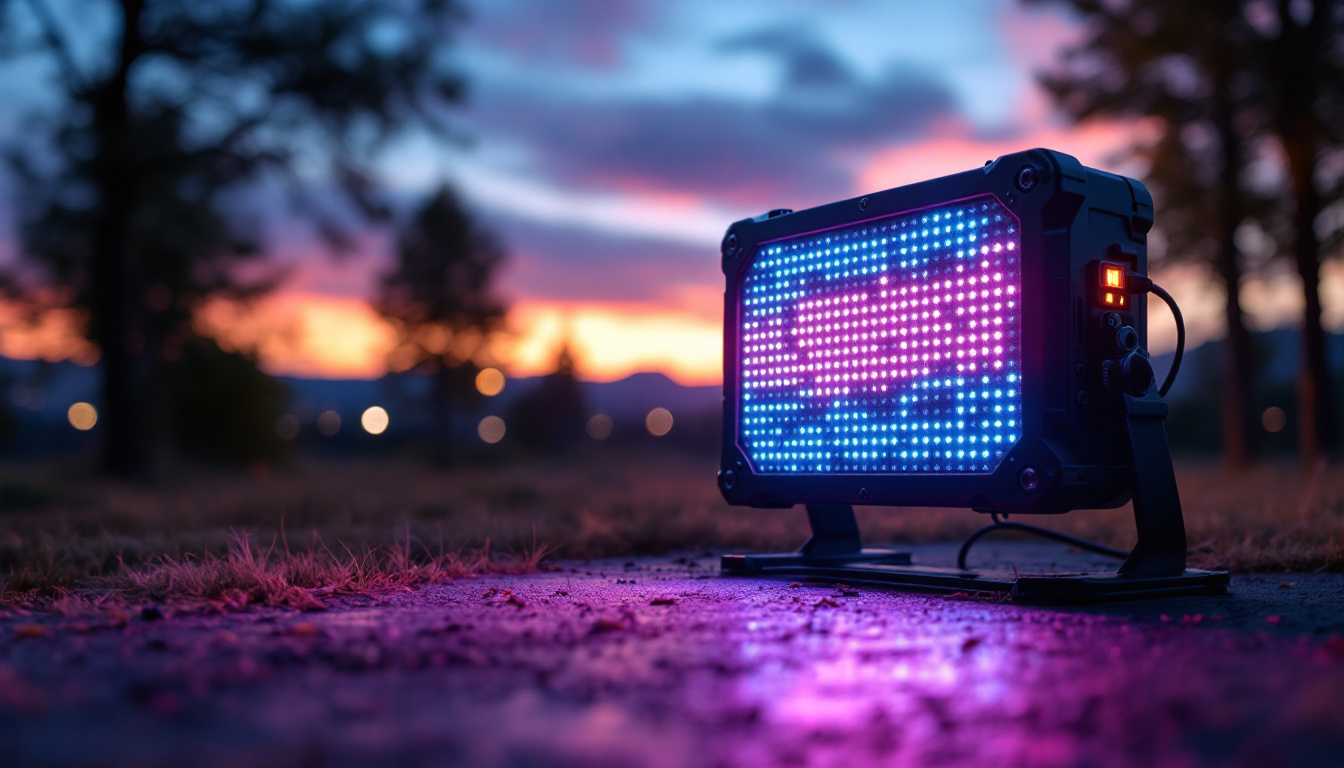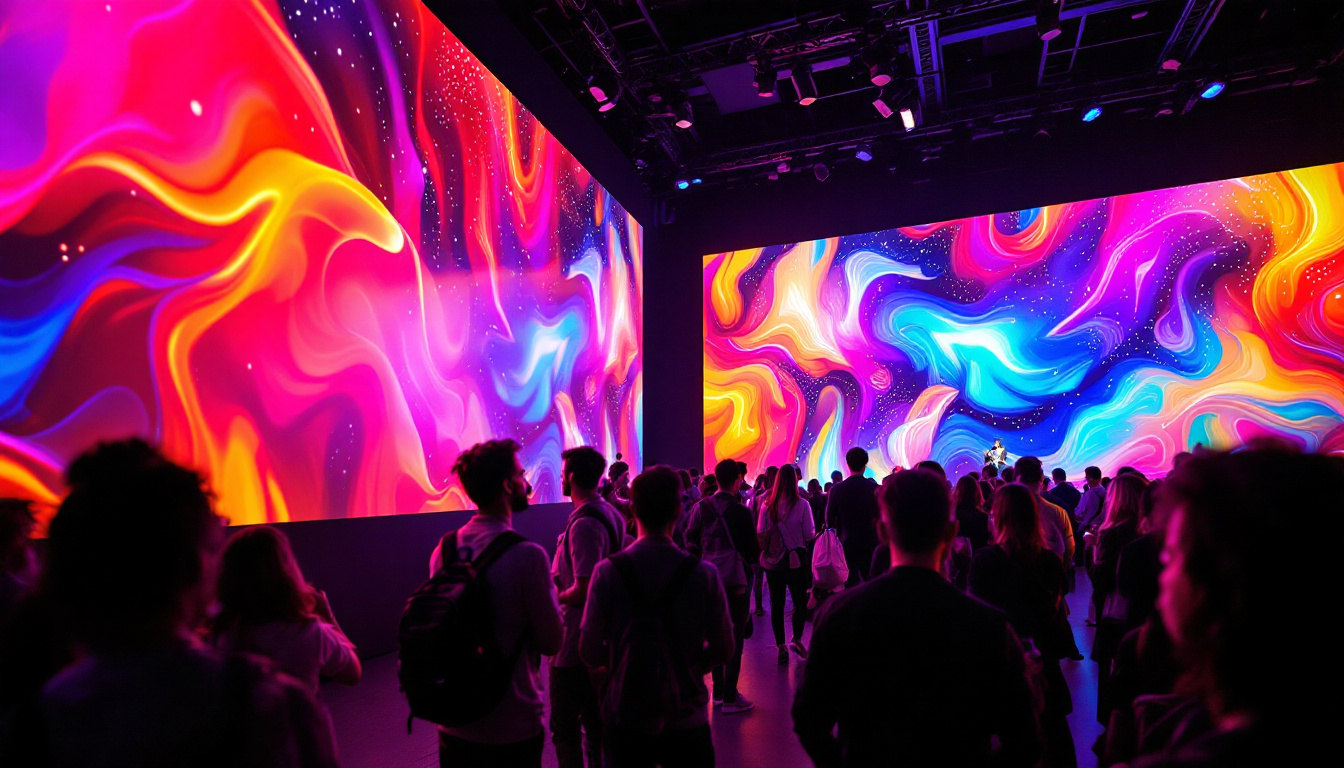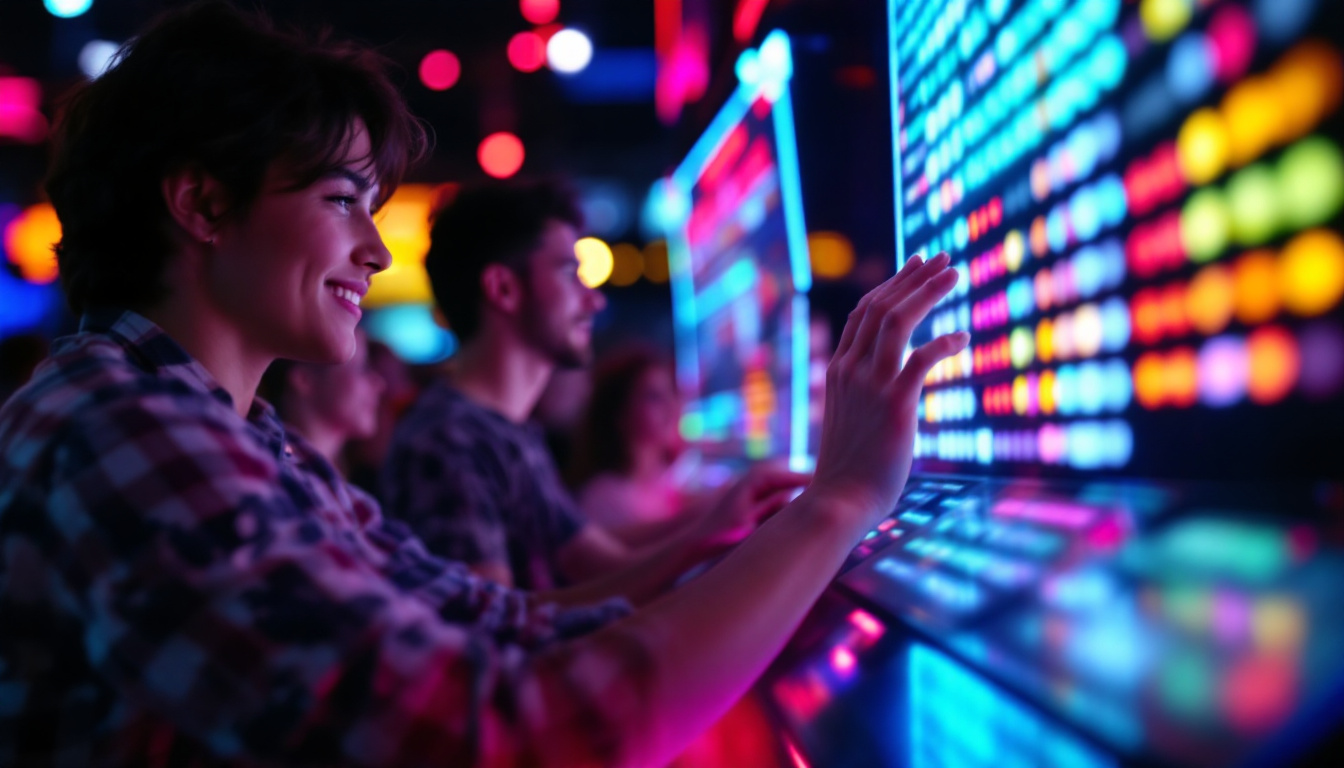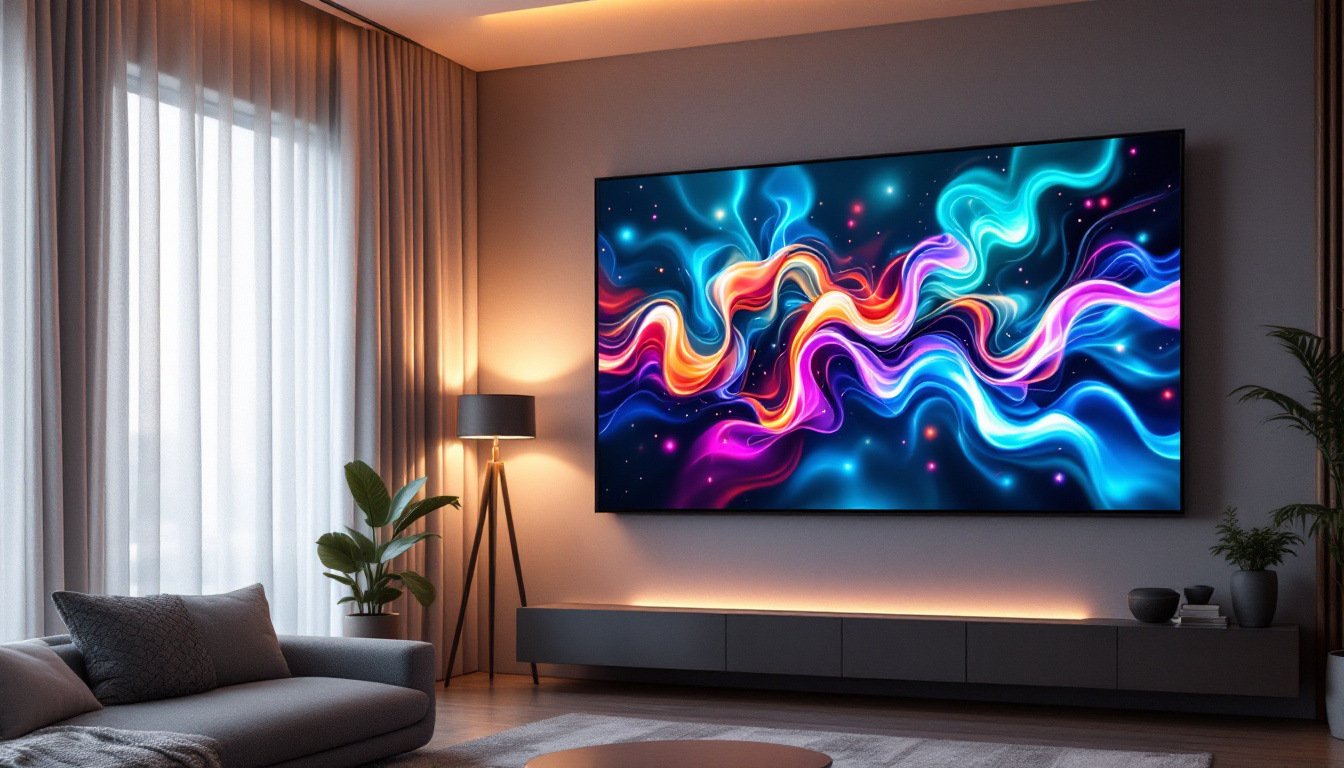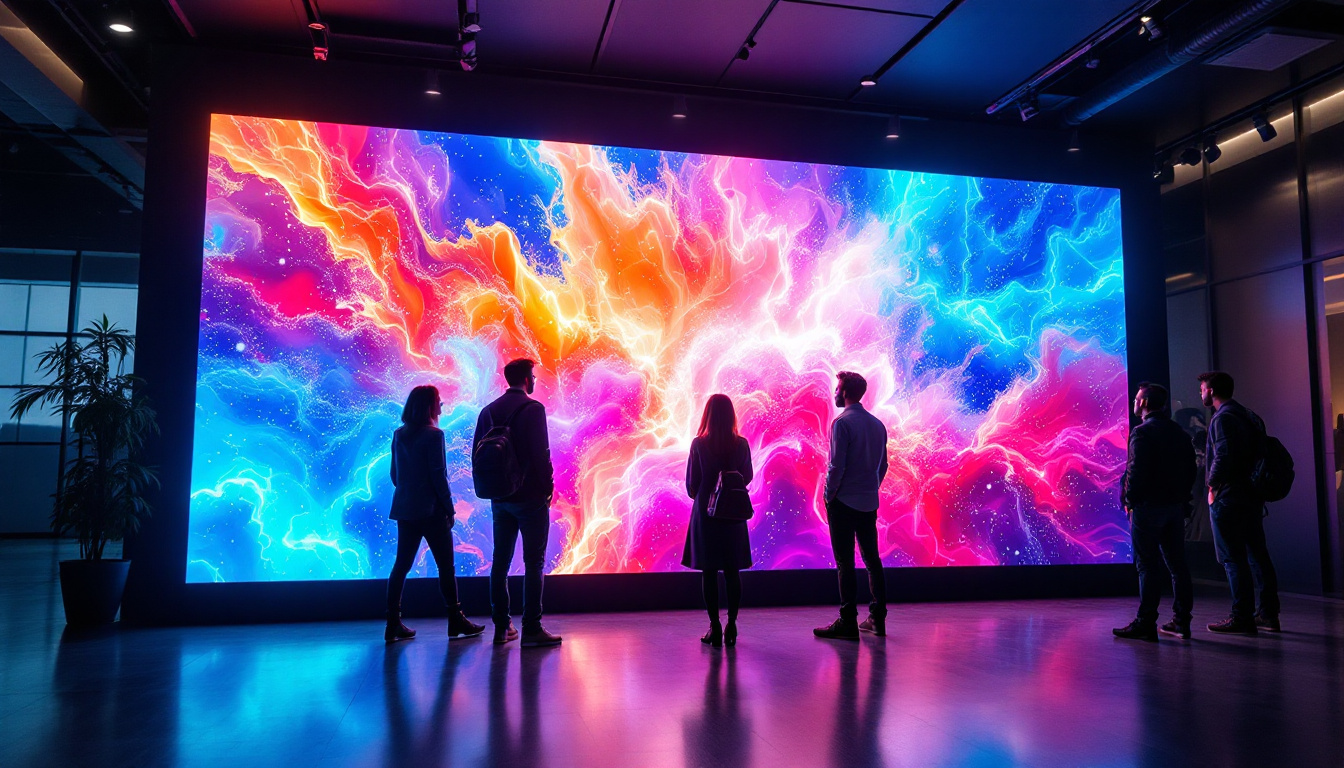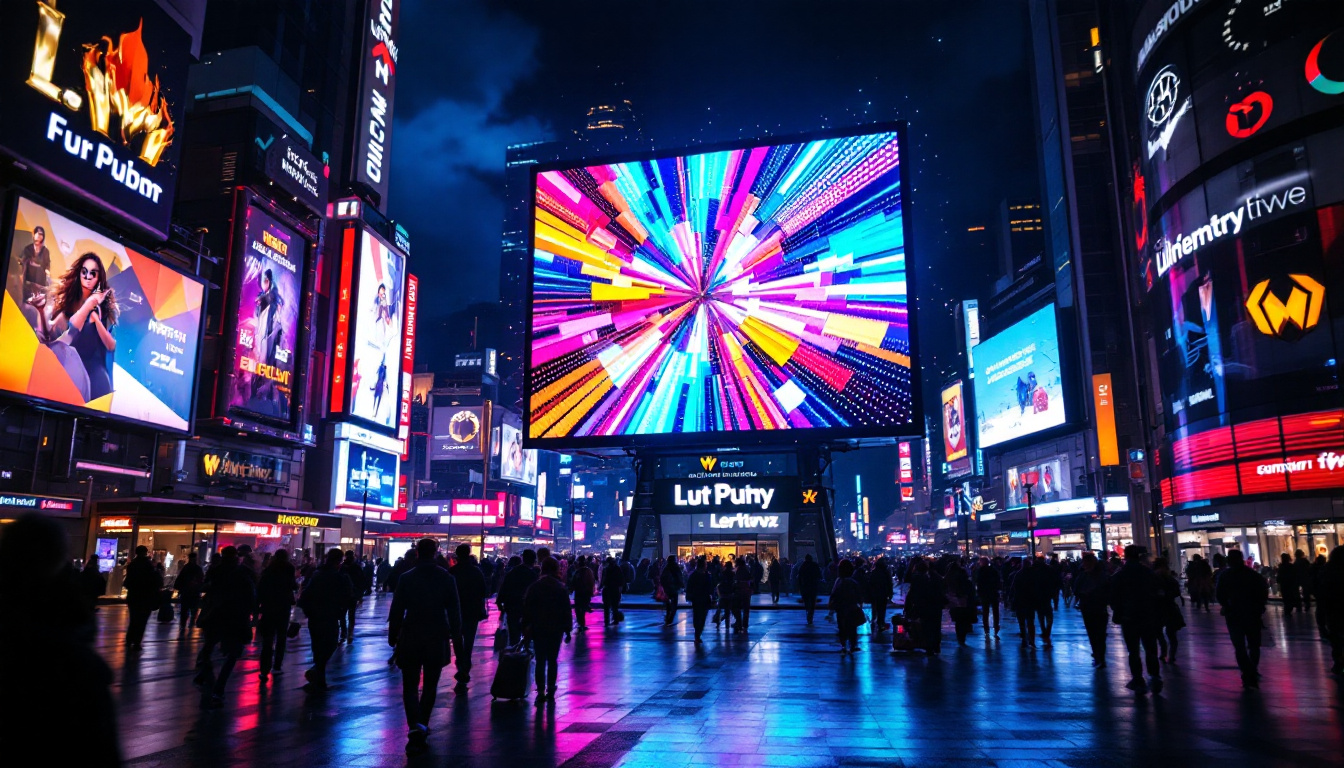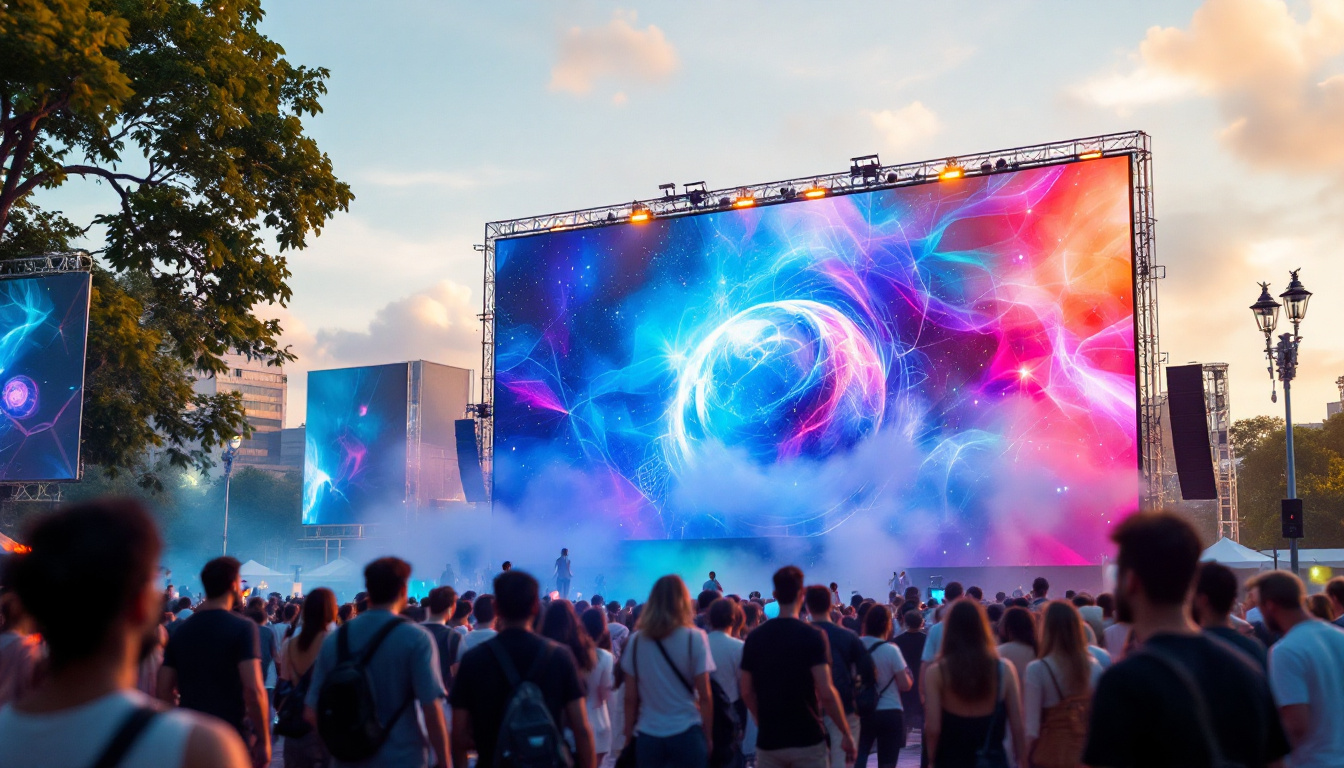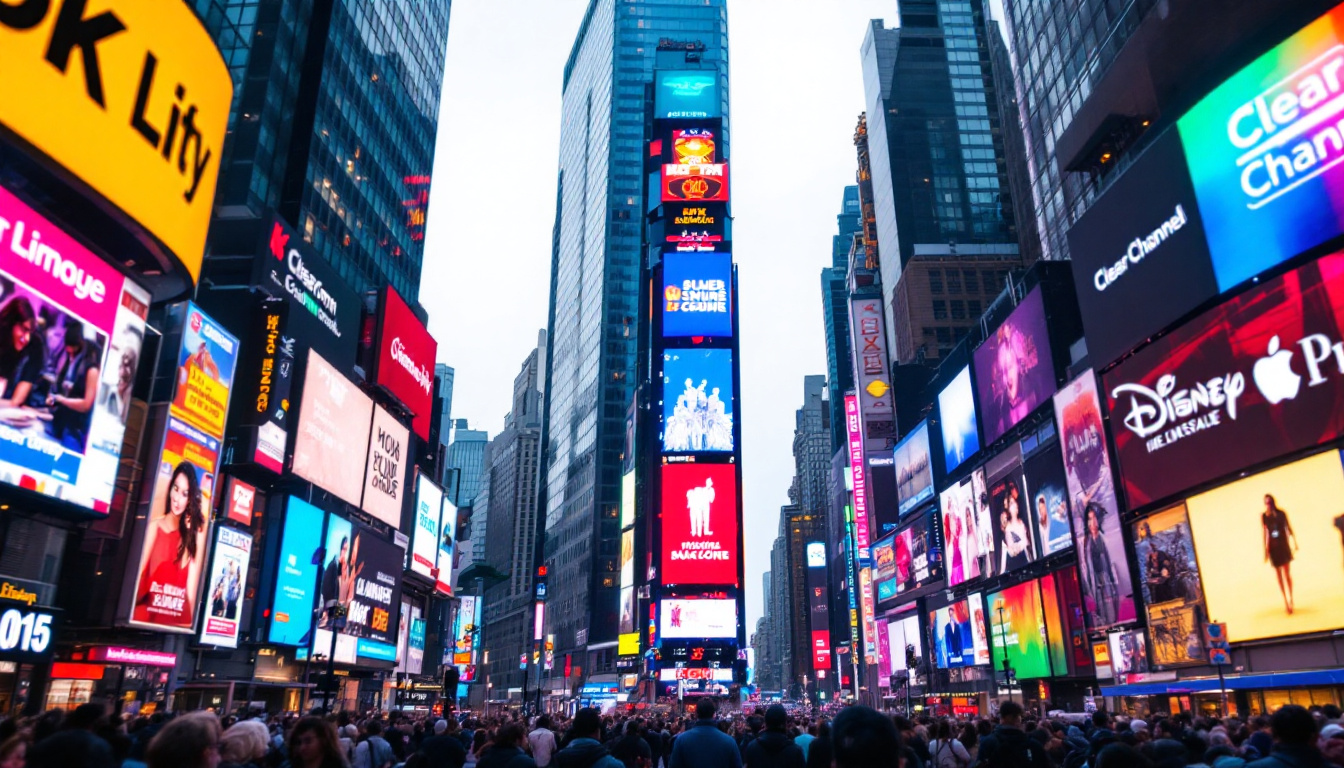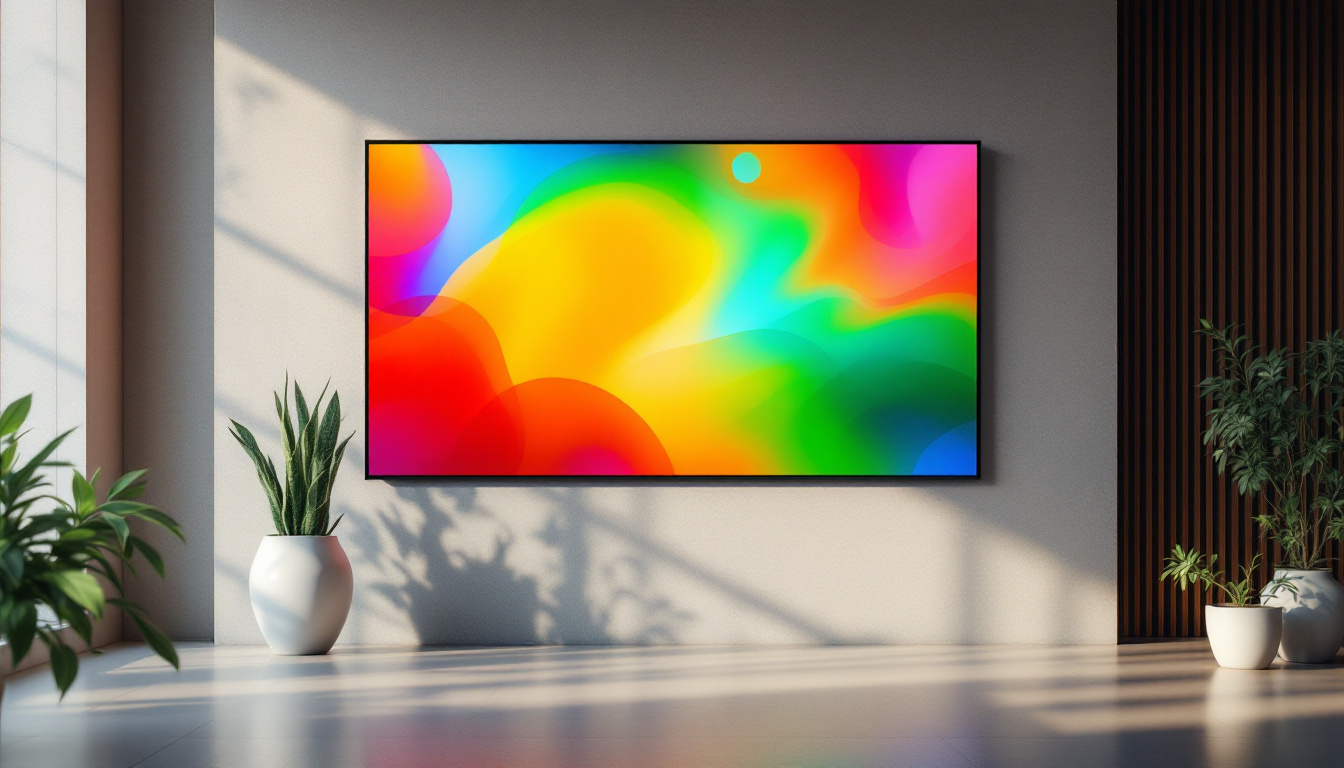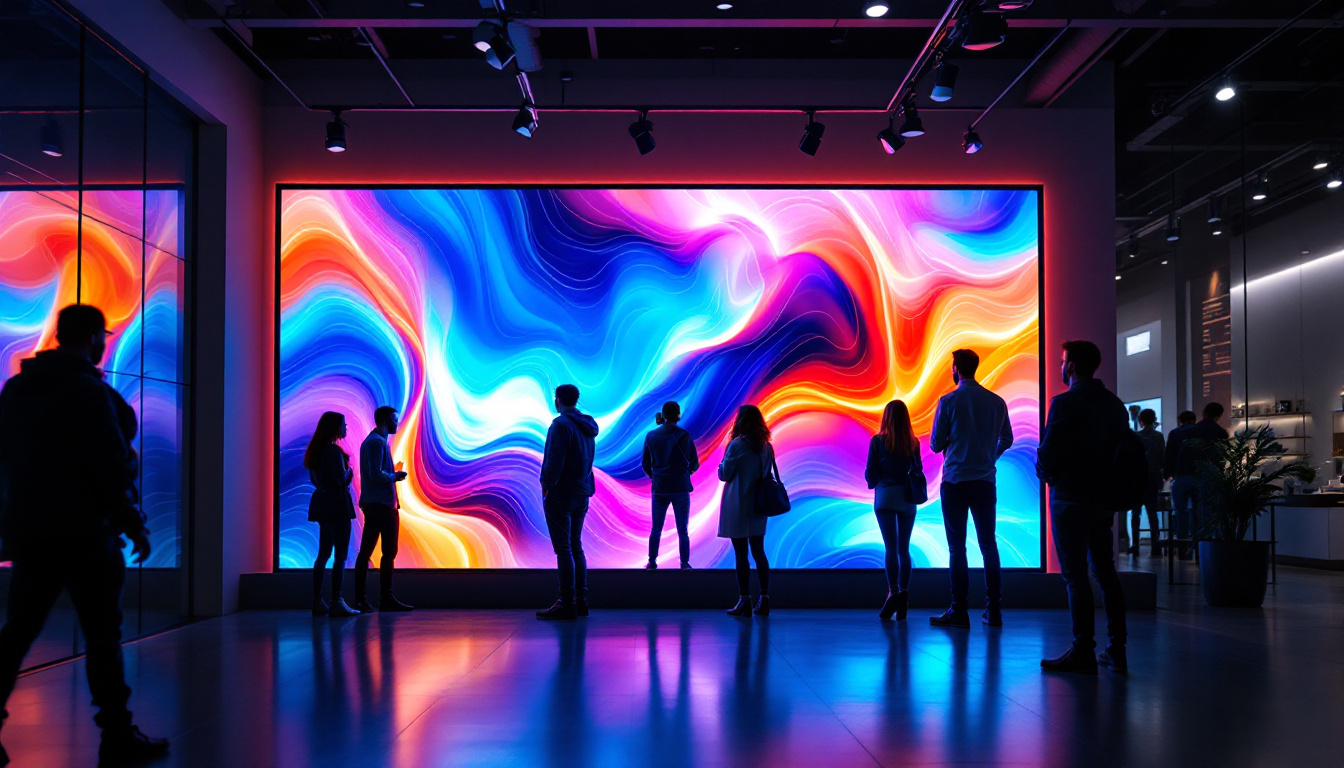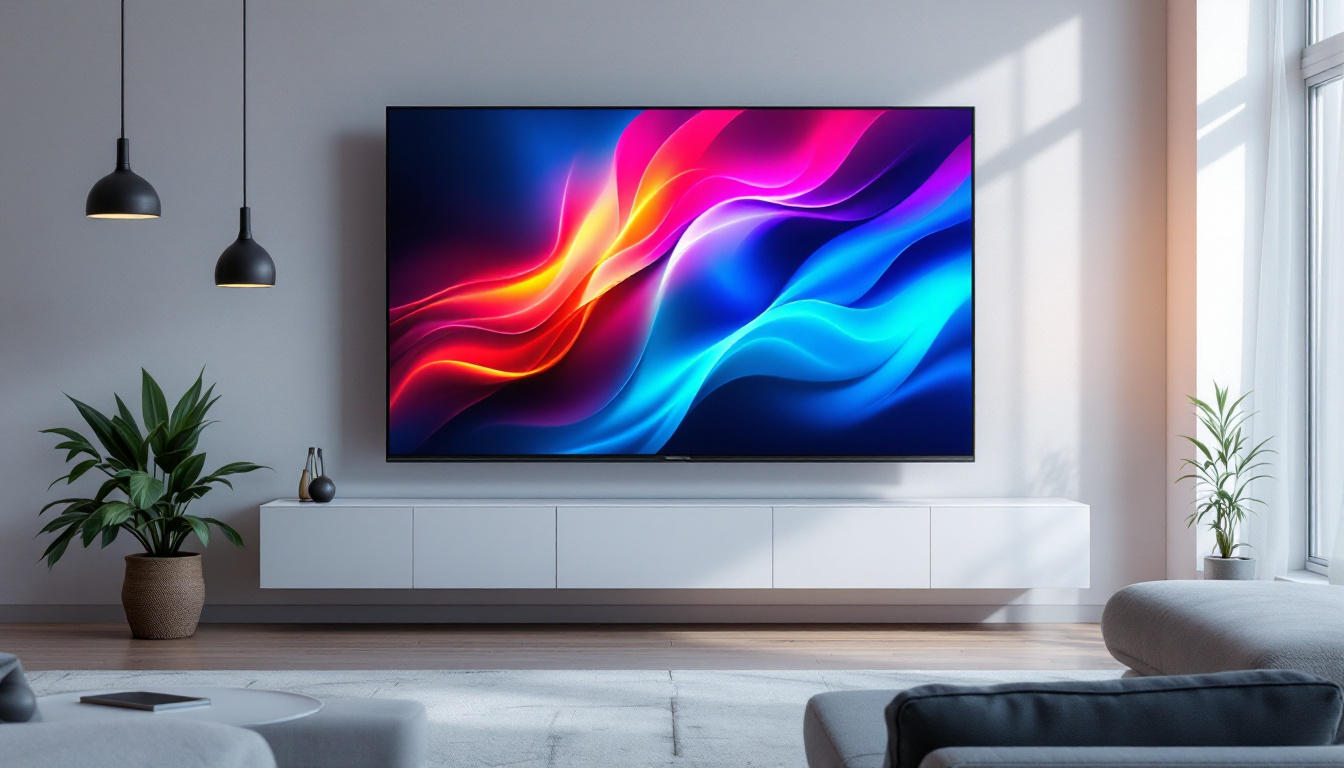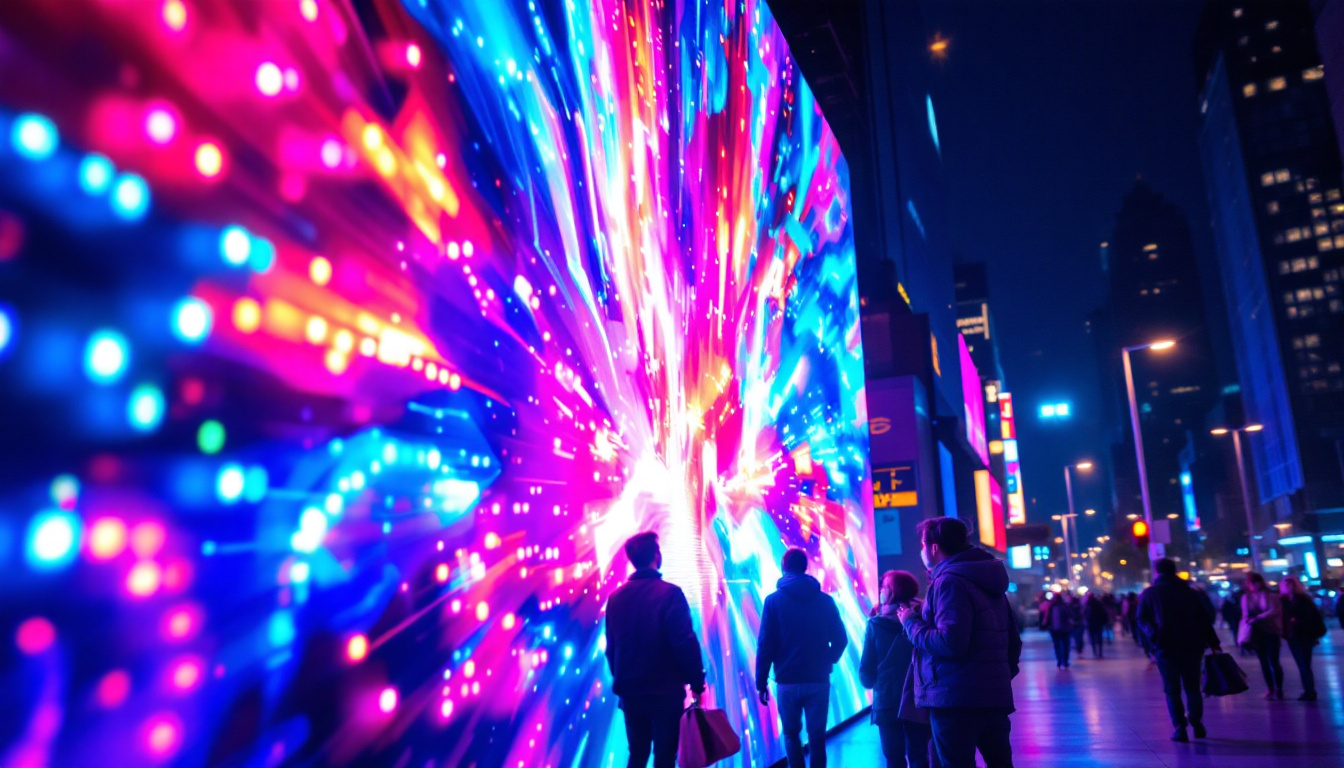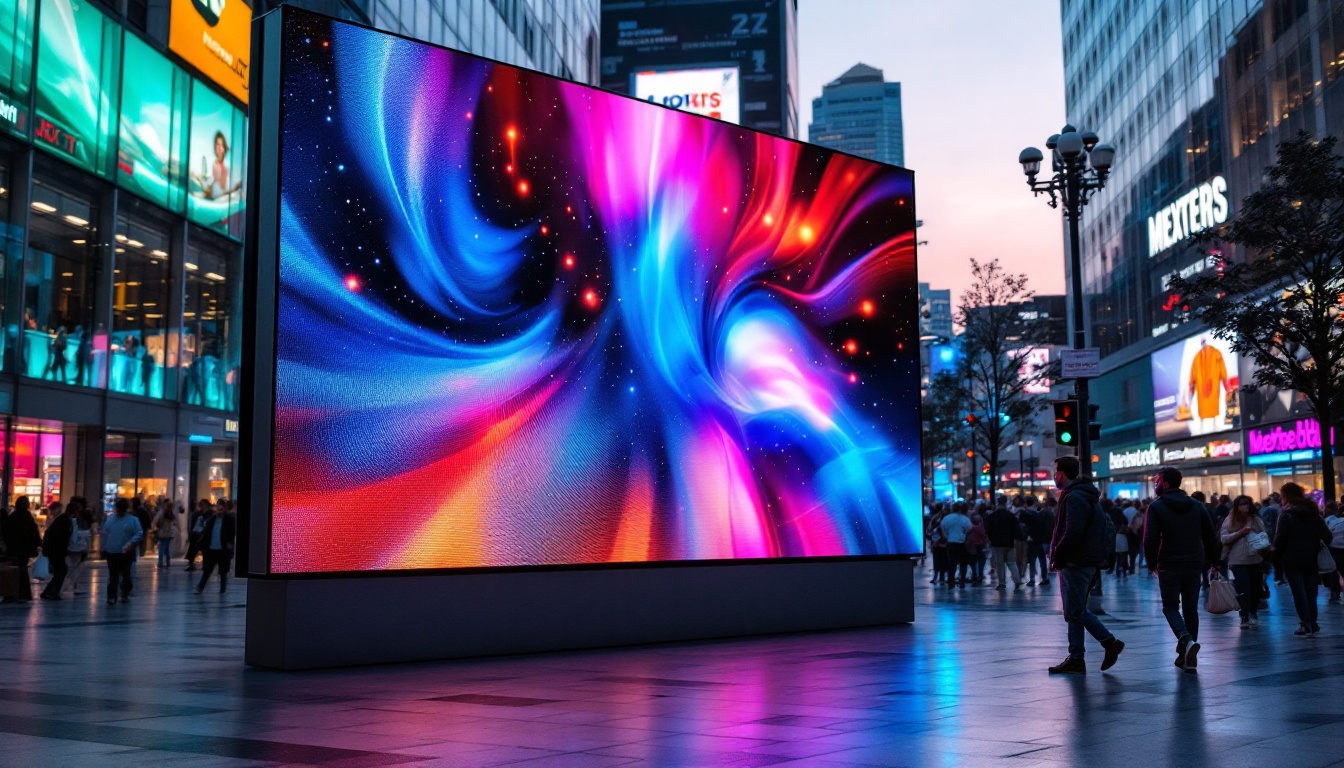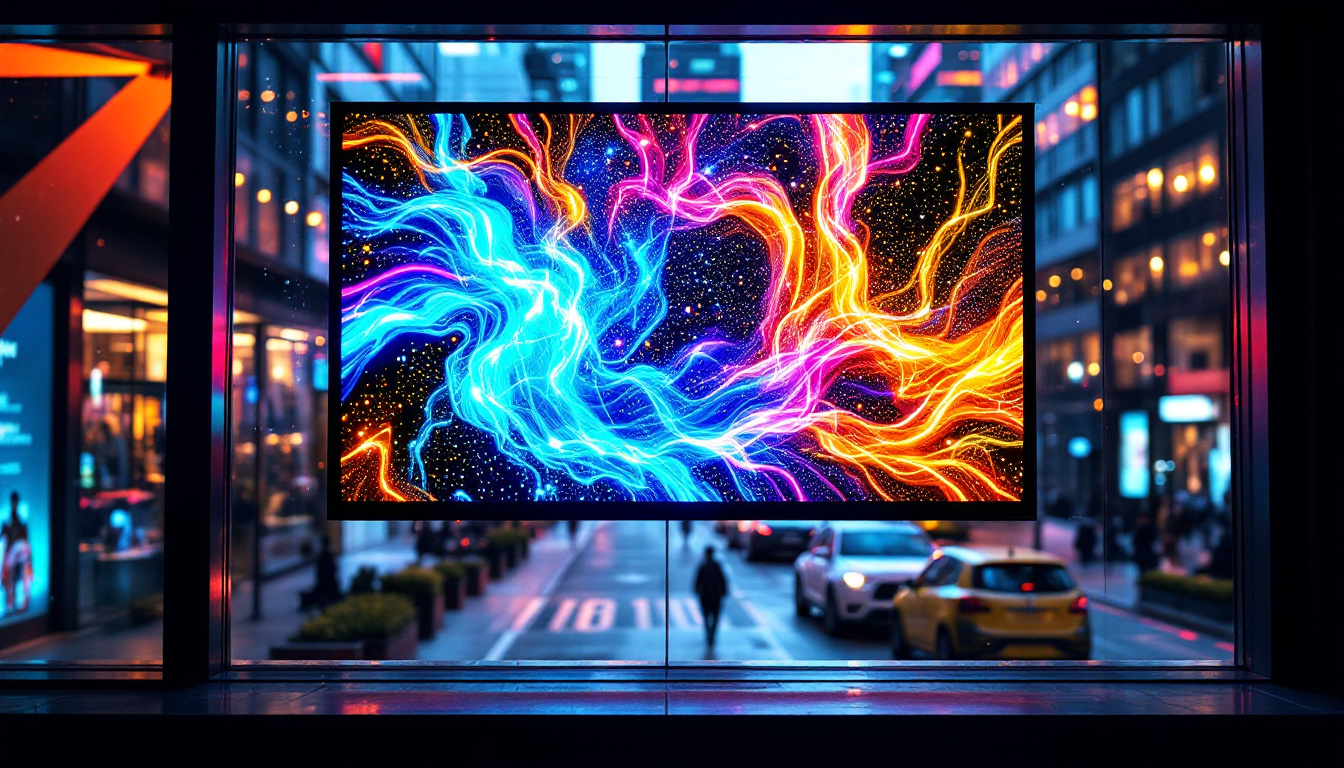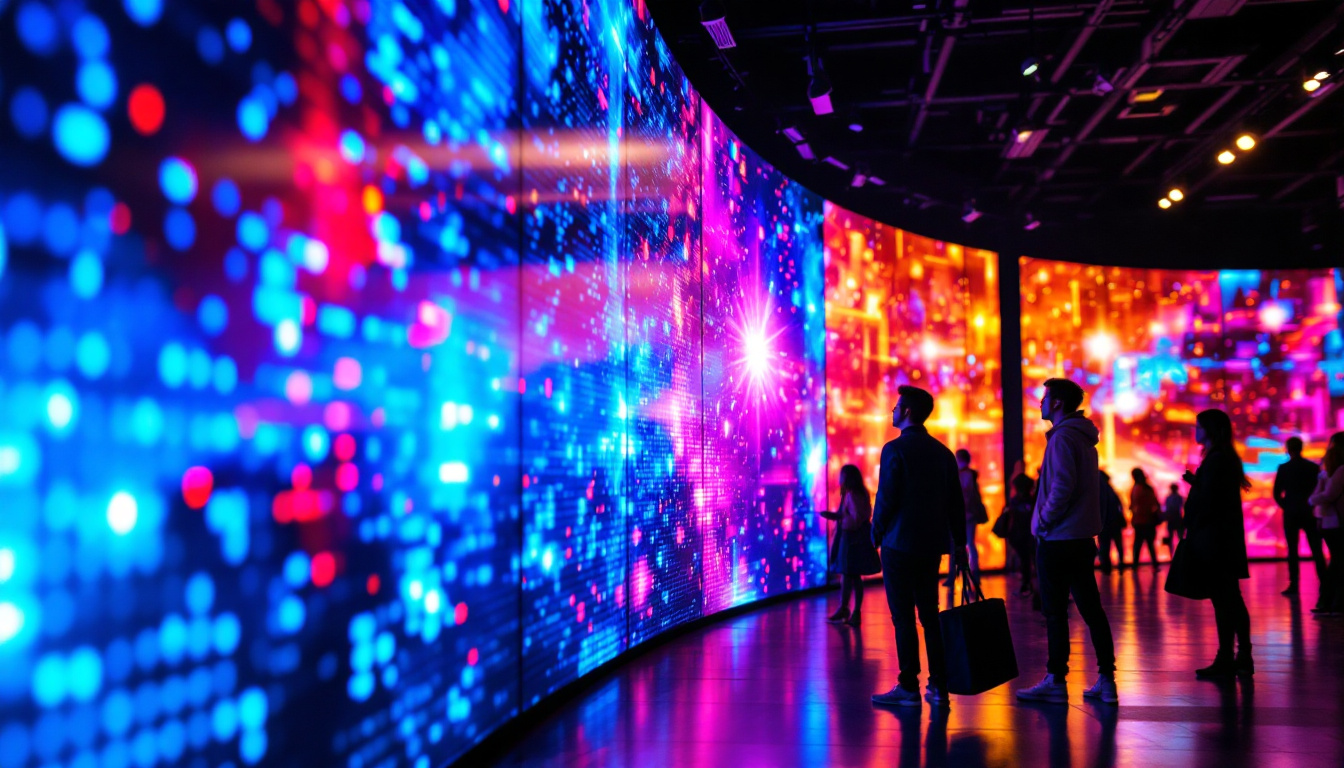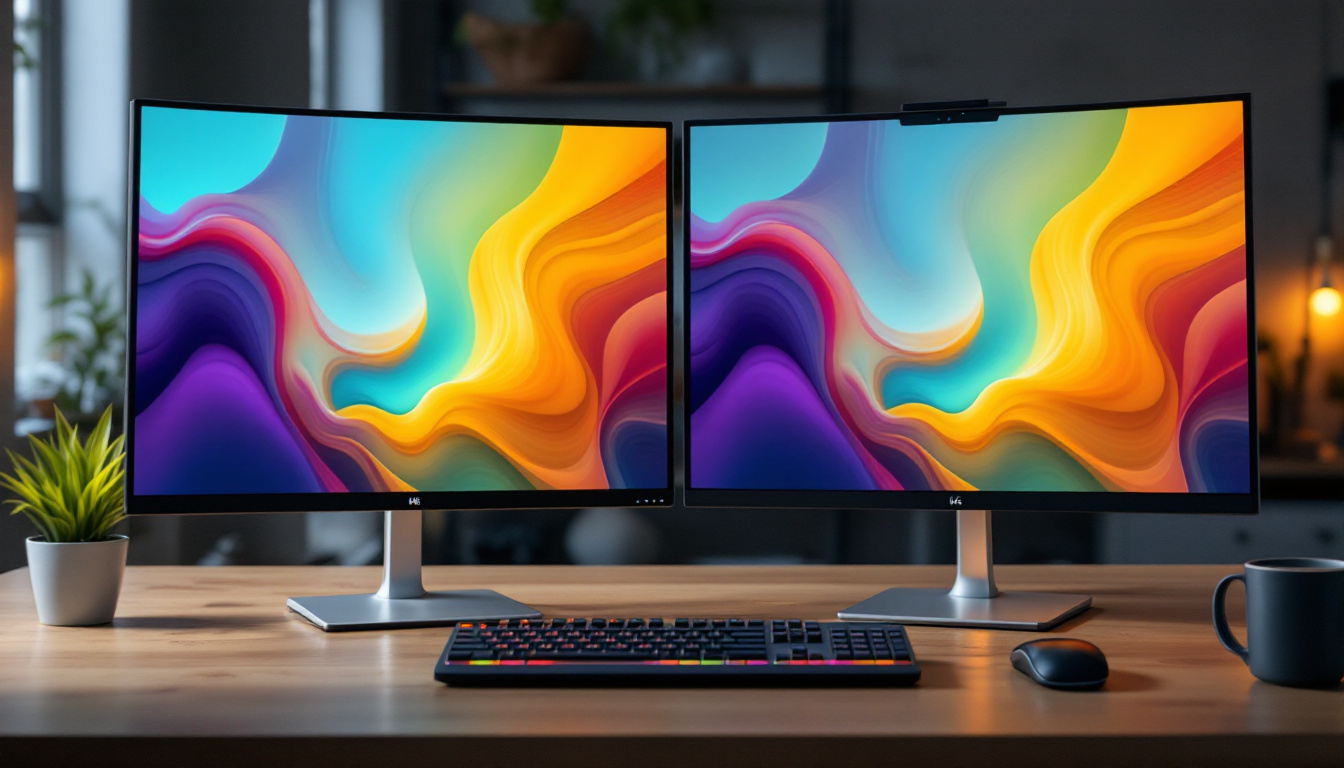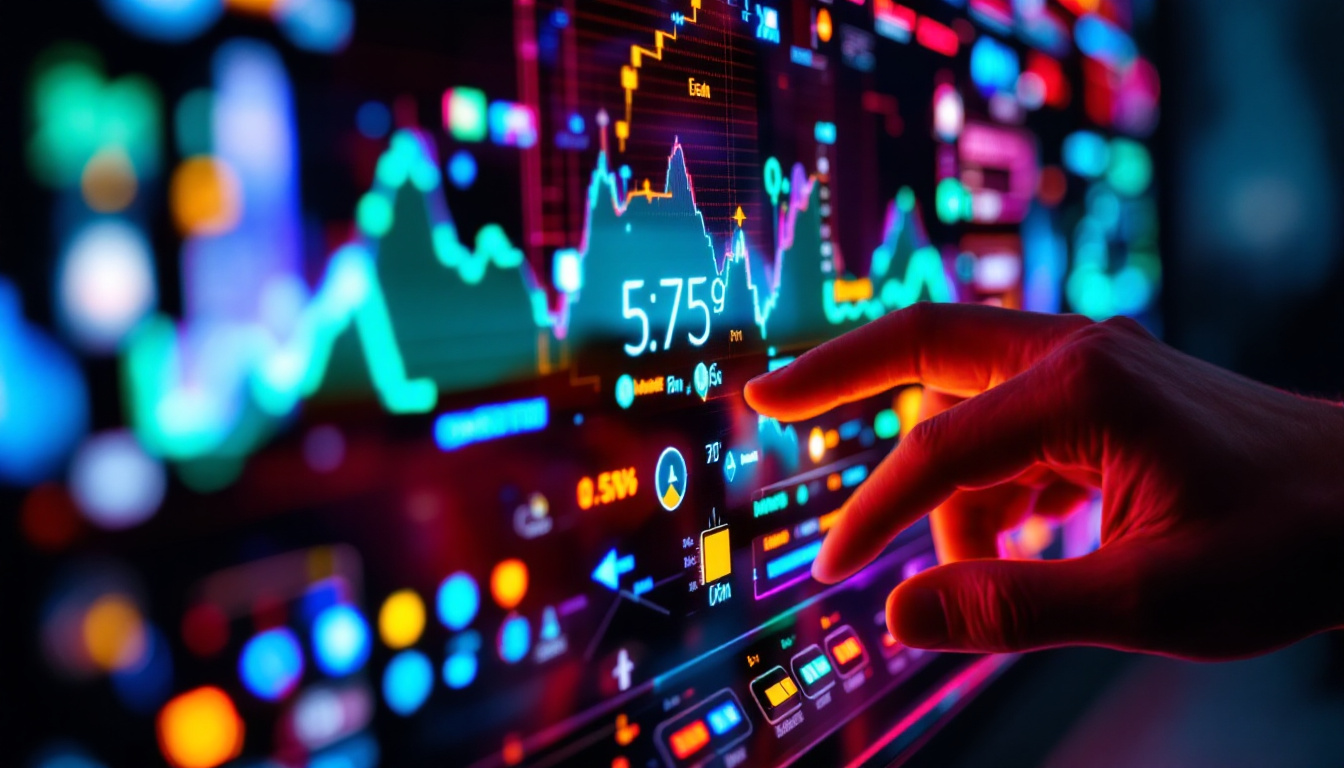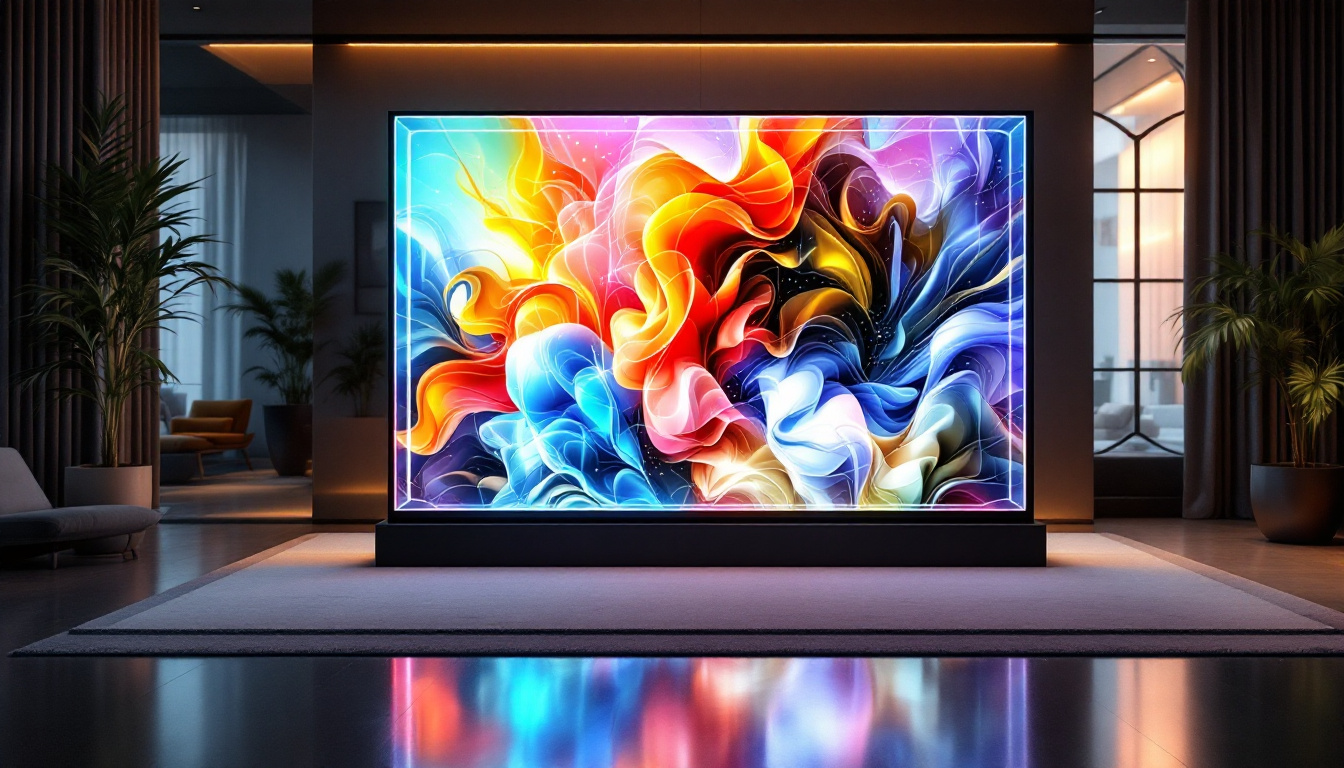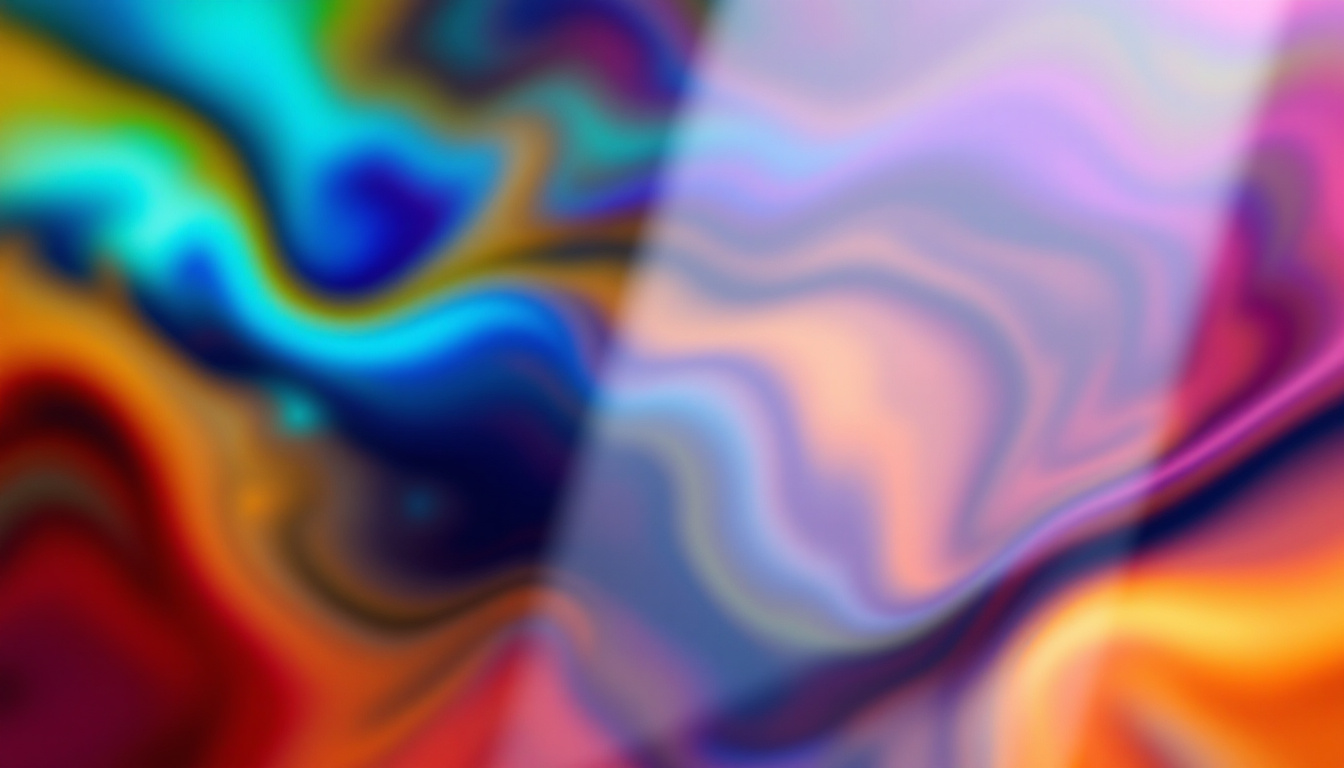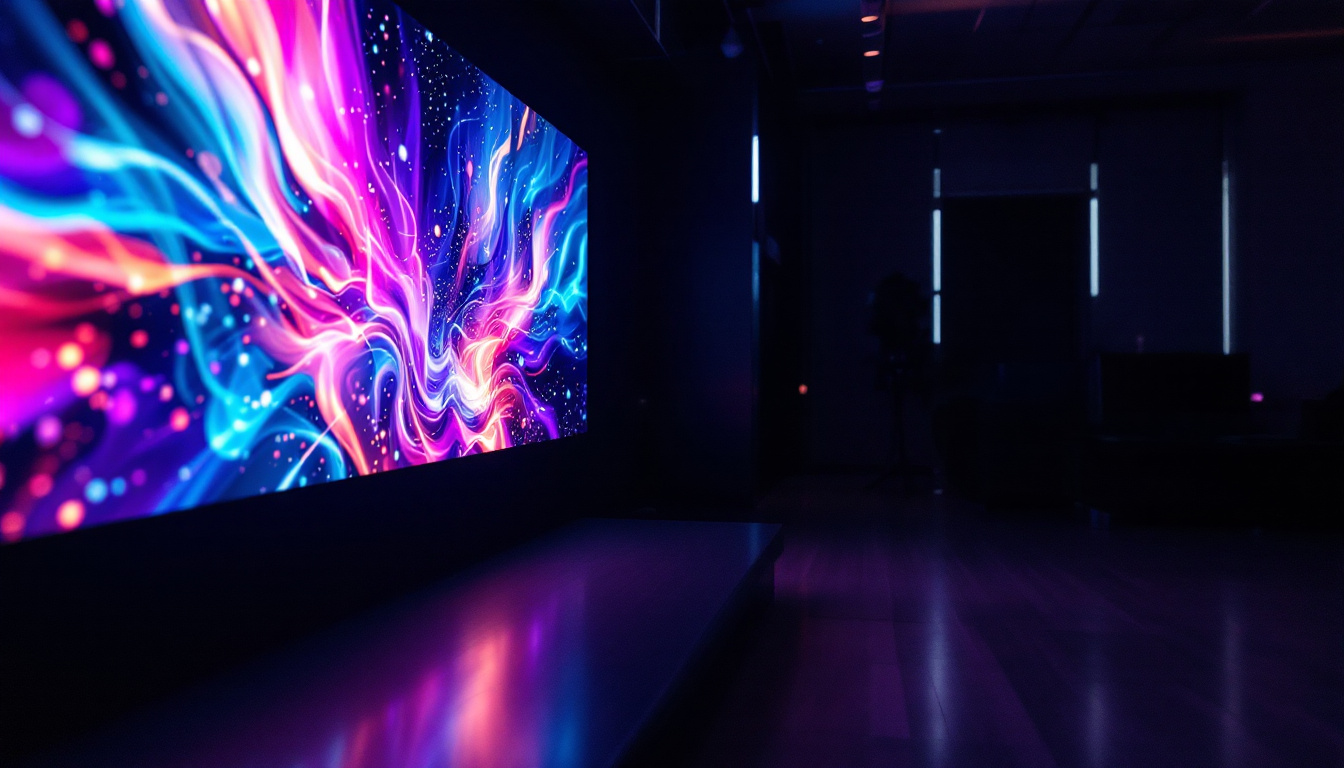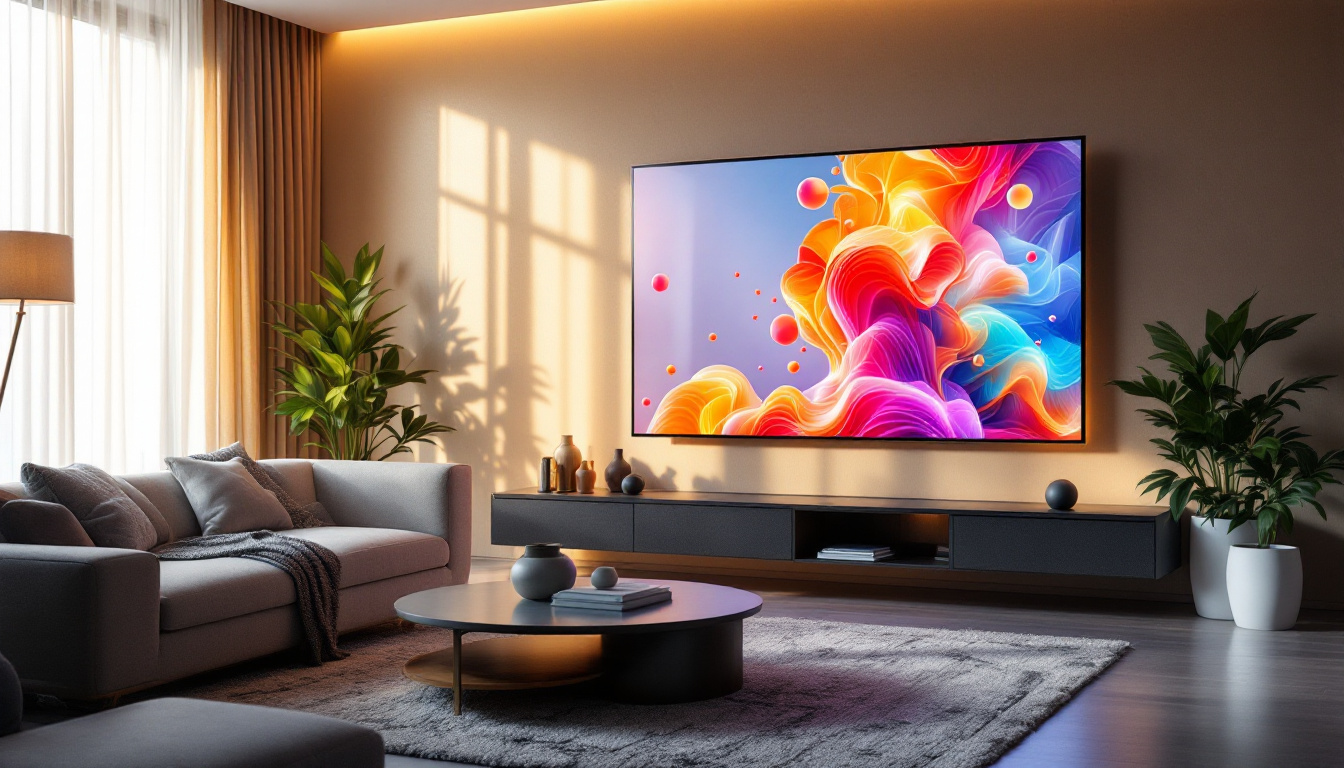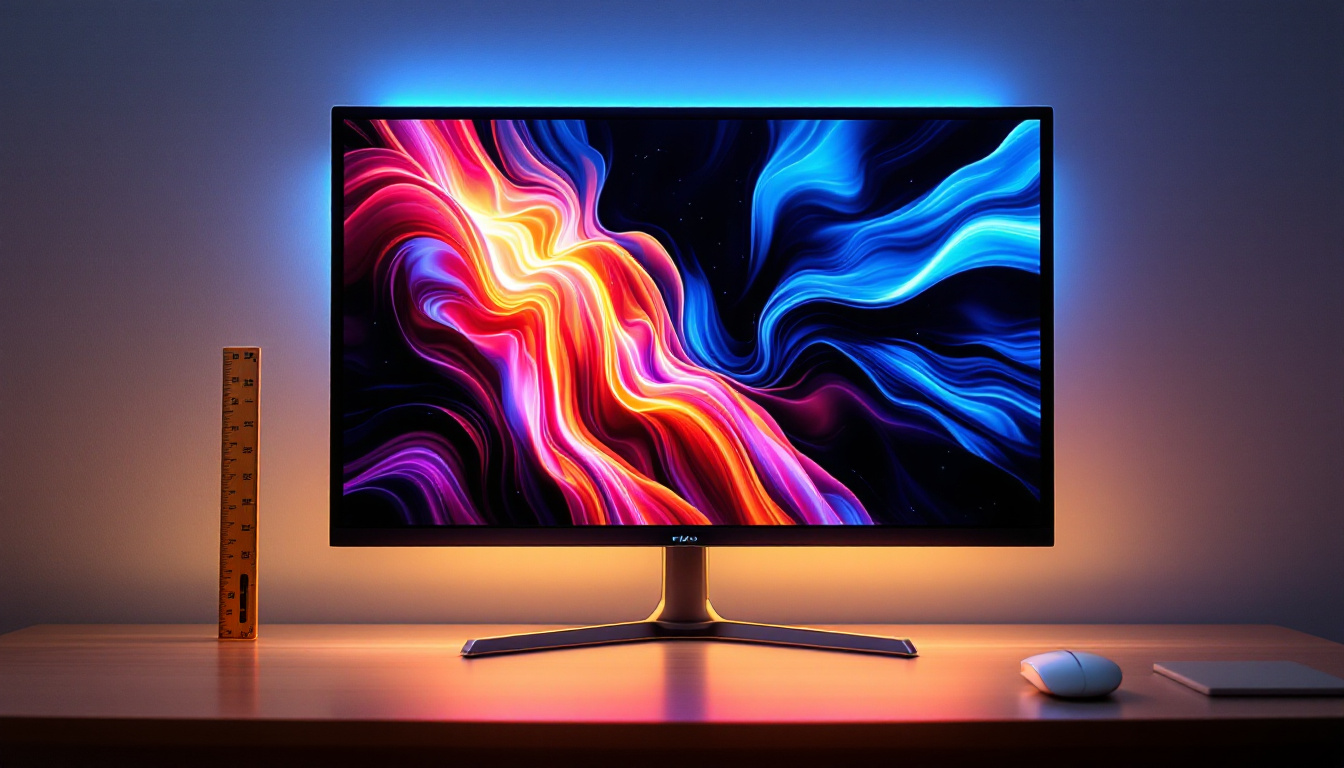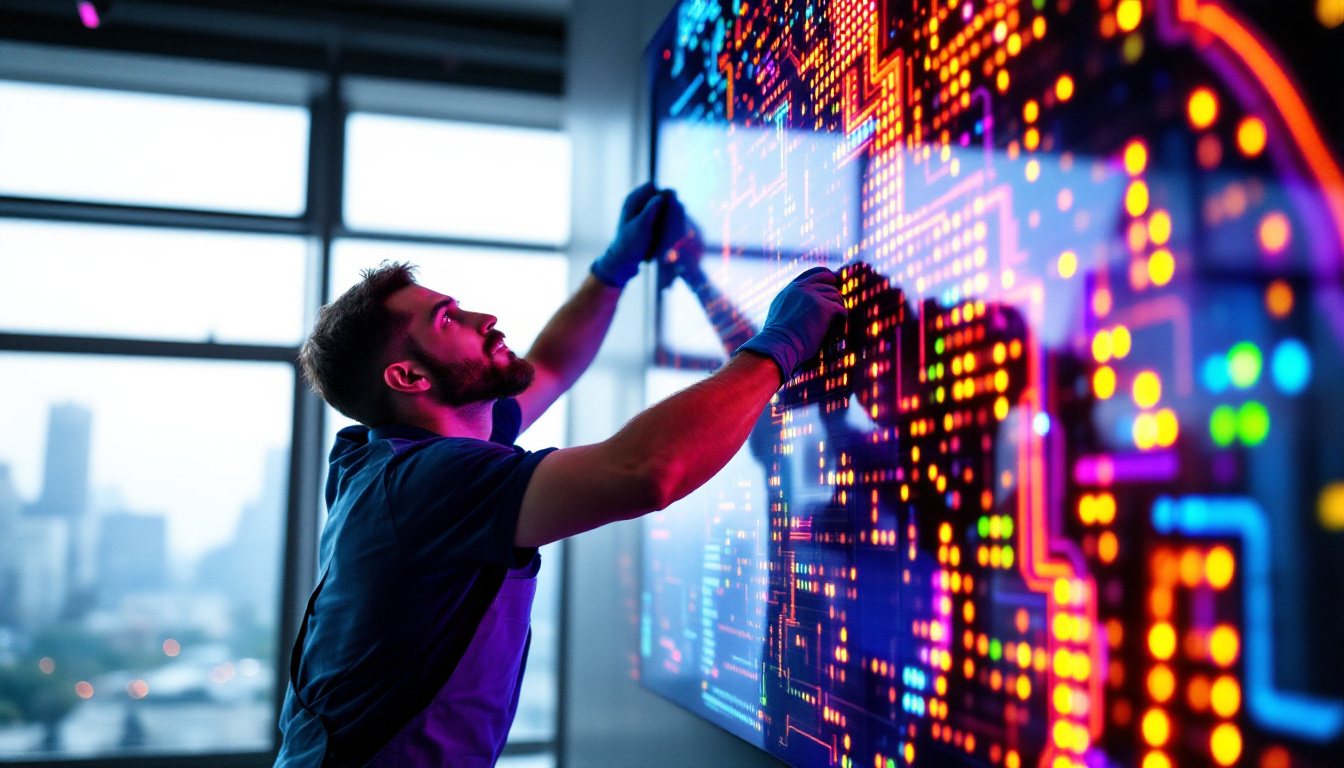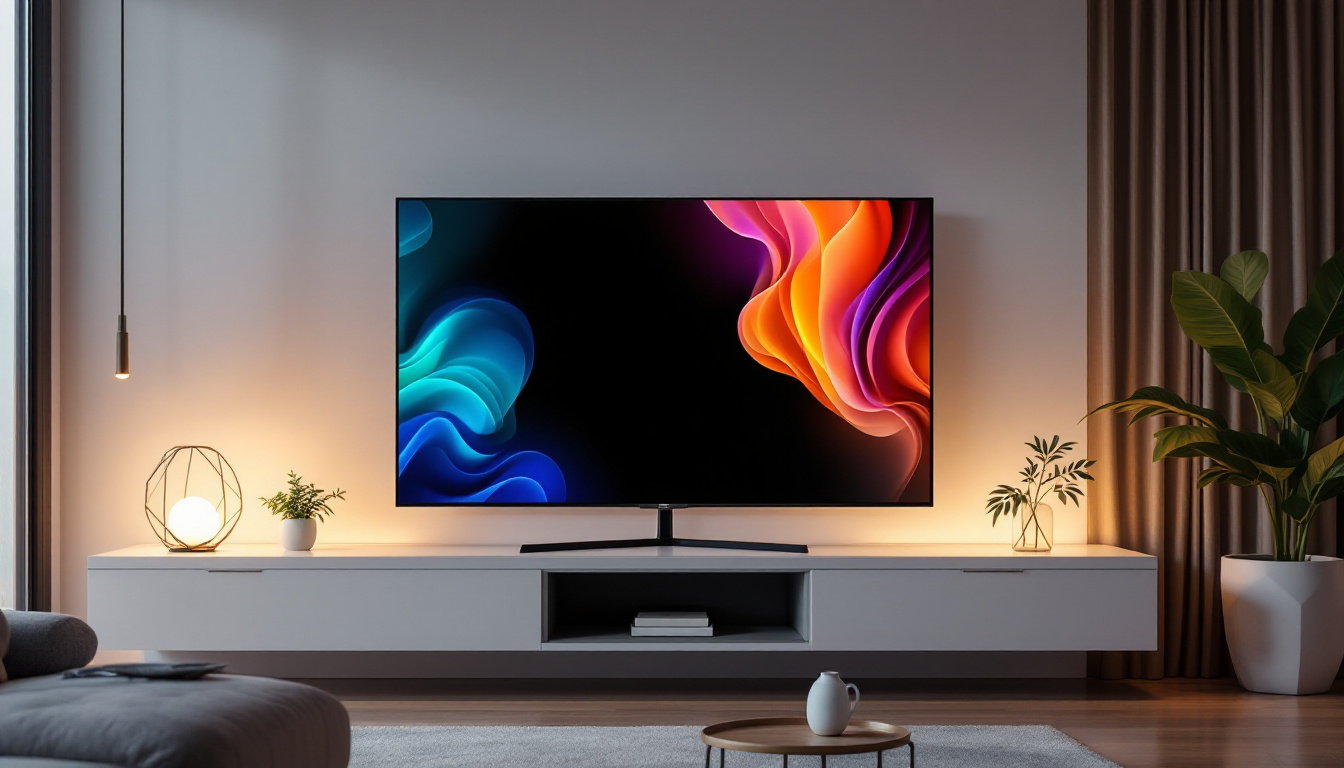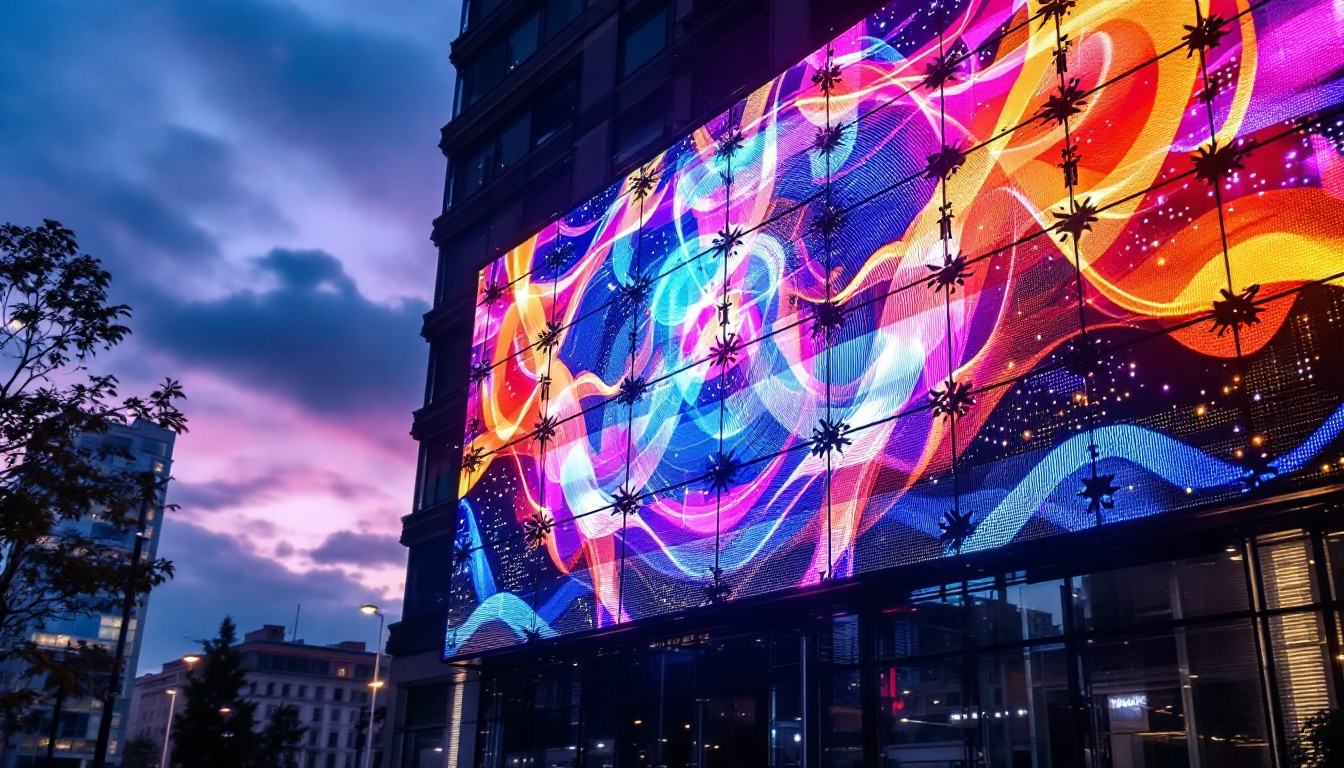In the rapidly evolving world of media production, virtual videography has emerged as a groundbreaking technique, revolutionizing how content is created and consumed. At the heart of this innovation lies LED display technology, which has transformed traditional filming methods and opened up new avenues for creativity. This article delves into the intricacies of virtual videography, focusing on the role of LED displays and their impact on the industry.
Understanding Virtual Videography
Virtual videography refers to the use of digital technology to create immersive video experiences that blend real and virtual elements. This technique allows filmmakers to produce high-quality content in controlled environments, minimizing the need for extensive location shoots. By leveraging advanced technologies, such as augmented reality (AR) and virtual reality (VR), creators can craft visually stunning narratives that engage audiences in unprecedented ways. The integration of these technologies not only enhances the visual appeal but also allows for interactive storytelling, where viewers can influence the narrative through their choices, creating a more personalized experience.
The Evolution of Videography
The journey of videography has been marked by significant technological advancements. From the early days of film to the digital revolution, each phase has introduced new tools and techniques that have shaped the industry. The advent of digital cameras and editing software democratized video production, enabling a broader range of creators to enter the field. This shift has led to an explosion of content across various platforms, from social media to streaming services, allowing diverse voices and stories to be told.
As technology continued to evolve, the integration of computer-generated imagery (CGI) began to play a pivotal role in filmmaking. This shift paved the way for virtual videography, where filmmakers could manipulate environments and characters digitally, enhancing storytelling possibilities. The introduction of LED displays further accelerated this evolution, providing a versatile platform for displaying virtual elements in real-time. This not only improved the visual fidelity of productions but also allowed for innovative filming techniques, such as the use of virtual sets that can be dynamically altered to suit the narrative’s needs.
Key Components of Virtual Videography
Several key components define virtual videography, each contributing to the overall effectiveness of the technique. These include LED displays, motion capture technology, and real-time rendering software. Together, these elements create a seamless integration of physical and digital worlds, allowing filmmakers to craft immersive experiences that captivate audiences. The ability to combine live-action footage with virtual elements in real-time opens up a realm of creative possibilities, enabling filmmakers to visualize scenes that would be impossible or prohibitively expensive to achieve in the physical world.
LED displays serve as the backbone of this process, offering high-resolution visuals that can be adjusted on-the-fly. This flexibility is crucial for adapting to different scenes and environments, making it easier for filmmakers to achieve their creative vision without the limitations of traditional green screens. Moreover, the use of motion capture technology allows for the precise tracking of actors’ movements, which can then be translated into digital characters or environments. This synergy between physical performance and digital enhancement not only enriches the storytelling experience but also provides a new avenue for actors to engage with their roles, often blurring the lines between reality and fiction in ways previously unimagined.
The Role of LED Displays in Virtual Videography
LED displays are a game-changer in the realm of virtual videography. Their ability to produce vibrant, high-quality images in real-time allows filmmakers to create dynamic backgrounds that enhance the storytelling experience. Unlike traditional backdrops, LED displays can be easily modified, providing a level of versatility that is essential for modern productions.
Advantages of Using LED Displays
The advantages of incorporating LED displays into virtual videography are manifold. Firstly, they offer superior image quality, with bright colors and high contrast ratios that bring scenes to life. This enhanced visual fidelity is particularly important in capturing the audience’s attention and immersing them in the narrative.
Additionally, LED displays eliminate many of the logistical challenges associated with traditional filming methods. With the ability to project realistic environments, filmmakers can reduce the need for extensive set designs and location scouting. This not only saves time and resources but also allows for greater creative freedom, as adjustments can be made in real-time during filming. Furthermore, the compact nature of LED panels means that they can be installed in various locations, from studios to outdoor settings, making them an adaptable choice for a wide range of projects.
Real-Time Interaction and Flexibility
One of the standout features of LED displays in virtual videography is their capacity for real-time interaction. Filmmakers can manipulate the displayed content based on the actors’ movements, creating a more cohesive and immersive experience. This interactivity enhances the believability of the narrative, as actors can respond to their surroundings in a way that feels natural and engaging.
Moreover, the flexibility of LED displays allows for rapid changes in the visual environment. Whether transitioning from a bright, sunny day to a moody, overcast scene, filmmakers can achieve these shifts seamlessly without the need for extensive reshoots. This adaptability is invaluable in a fast-paced production environment, where time is often of the essence. In addition, the integration of augmented reality (AR) with LED technology further enhances the storytelling capabilities, allowing filmmakers to overlay digital elements onto the physical world, creating a hybrid experience that captivates audiences. As technology continues to evolve, the potential for LED displays in virtual videography will only expand, opening new avenues for creativity and innovation in the film industry.
Applications of LED Displays in Filmmaking
The applications of LED displays in filmmaking are diverse and continually expanding. From feature films to live events and virtual productions, the technology has found its place across various sectors of the industry. This versatility has made LED displays a staple in modern videography.
Feature Films and Television Productions
In feature films and television productions, LED displays have become increasingly popular for creating immersive environments. Directors can use these displays to transport audiences to fantastical worlds or recreate historical settings with remarkable accuracy. The ability to project realistic backgrounds enhances the storytelling process, allowing viewers to become fully engrossed in the narrative.
Notable films have already begun to leverage this technology, showcasing its potential to revolutionize traditional filmmaking. The use of LED displays can significantly reduce the time spent on post-production, as many visual effects can be captured in-camera rather than added later. This approach not only streamlines the production process but also enhances the overall quality of the final product.
Live Events and Broadcasts
LED displays have also made a significant impact in the realm of live events and broadcasts. Concerts, sporting events, and corporate presentations have all benefited from the integration of LED technology. These displays can create stunning visual backdrops that enhance the overall experience for attendees and viewers alike.
During live broadcasts, LED displays can be used to provide real-time graphics and information, engaging audiences in a dynamic way. This capability is particularly valuable for news programs and sports events, where timely updates and visuals can enhance the storytelling aspect of the broadcast.
The Future of Virtual Videography and LED Displays
As technology continues to advance, the future of virtual videography and LED displays looks promising. Innovations in display technology, such as higher resolutions and improved color accuracy, will further enhance the capabilities of filmmakers. Additionally, the integration of artificial intelligence (AI) and machine learning may lead to even more sophisticated real-time rendering techniques.
Emerging Trends and Innovations
Several emerging trends are shaping the future of virtual videography. One such trend is the increasing use of virtual production techniques, which combine physical sets with LED displays to create hybrid environments. This approach allows filmmakers to achieve the best of both worlds, blending practical effects with digital enhancements.
Furthermore, advancements in motion capture technology are enabling more precise tracking of actors’ movements, allowing for greater realism in virtual environments. As these technologies continue to evolve, the line between reality and virtuality will blur, creating new opportunities for storytelling.
Challenges and Considerations
Despite the numerous advantages of LED displays in virtual videography, there are challenges that filmmakers must navigate. The initial investment in LED technology can be substantial, and not all productions may have the budget to incorporate these advanced systems. Additionally, the need for skilled operators who understand the intricacies of LED displays and virtual production techniques is essential for successful implementation.
Moreover, as the technology becomes more prevalent, filmmakers must also consider the artistic implications of using LED displays. Striking the right balance between practical effects and digital enhancements is crucial to maintain the authenticity of the narrative. Filmmakers must be mindful of how these technologies can enhance rather than overshadow the story being told.
Conclusion
Virtual videography, powered by LED display technology, is reshaping the landscape of media production. With its ability to create immersive environments and enhance storytelling, this innovative approach is poised to become a cornerstone of modern filmmaking. As the industry continues to embrace these advancements, filmmakers will have the tools to push creative boundaries and engage audiences in new and exciting ways.
The future of virtual videography is bright, with endless possibilities for exploration and innovation. As filmmakers harness the power of LED displays and other emerging technologies, the art of storytelling will evolve, captivating audiences for generations to come.
Discover LumenMatrix LED Display Solutions
Ready to elevate your media production with the cutting-edge technology discussed in this article? LumenMatrix is at the forefront of LED display innovation, offering a wide array of solutions that bring your creative visions to life. From Indoor and Outdoor LED Wall Displays to specialized options like Vehicle, Sports, and Floor LED Displays, our products are designed to captivate and engage. Experience the future of virtual videography with our Custom, All-in-One, and Transparent LED Displays. Check out LumenMatrix LED Display Solutions today and transform the way you tell stories.

